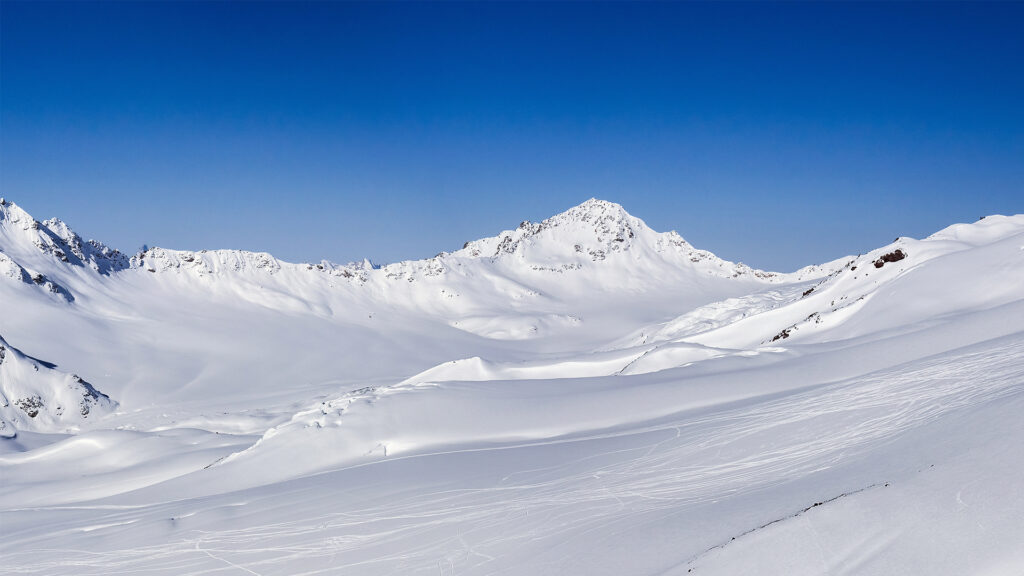The Quaternary is the current geological epoch, beginning around 2.6 million years ago. This recent period is characterized by cycles of glacial (cold) and interglacial (warm) periods. These fluctuations are driven by cyclical changes in the Earth’s orbit, and consequently, solar radiation, which significantly impacts glaciation, vegetation, and the water balance on Earth.
During the glacial phases, massive ice sheets formed on the Earth’s surface. The last major glaciation cycle began about 870,000 years ago, with particularly strong glacial advances in the Alpine region occurring within the past 650,000 years. The associated major glacial advances, known as the Günz, Mindel, Riß, and Würm glaciations, are named after rivers in the Bavarian foothills of the Alps.
The Würm glaciation, the last ice age, lasted from 115,000 years ago until about 11,700 years ago. The average annual temperature was approximately 10 to 12°C lower than today, and extreme aridity prevailed.
The Würm glaciation reached its peak between 26,000 and 20,000 years ago. During this time, the Alpine valleys were covered by up to 1,700 meters of ice, and glaciers extended as far as the Alpine foothills. Only the highest peaks, called nunataks, protruded from the massive ice sheets. The Alpine valleys were carved by glaciers into distinctive U-shaped trough valleys.
The large glaciers, advancing from the central Alps into the Inn Valley, reached the valley before the Inn glacier. For example, the Ziller Glacier flowed northward into the Achen Valley. During the ice age, the Inn, Ziller, and smaller local glaciers from the eastern Karwendel and western Rofan mountains dominated the area around Lake Achensee.
Around 20,000 years ago, toward the end of the Würm glaciation, temperatures slowly began to rise. This warming phase led to the retreat of glaciers. During this warming period, the melting ice masses left behind distinctive landforms. Meltwater formed large lakes, while rivers deeply incised valleys, leaving behind gravel terraces. Around 14,700 years ago, a rapid warming set in, leading to the reforestation of areas previously covered by ice. This was followed by the Holocene, which began around 11,700 years ago and continues to the present day.
The warm and cold periods of the Quaternary have shaped the landscape of the Alpine region, with rugged peaks and wide trough valleys. Sedimentary deposits from this time are valuable raw materials. For instance, sand and gravel are important resources for the construction industry, and Quaternary gravels serve as easily accessible aquifers, which are crucial for the drinking water supply.

